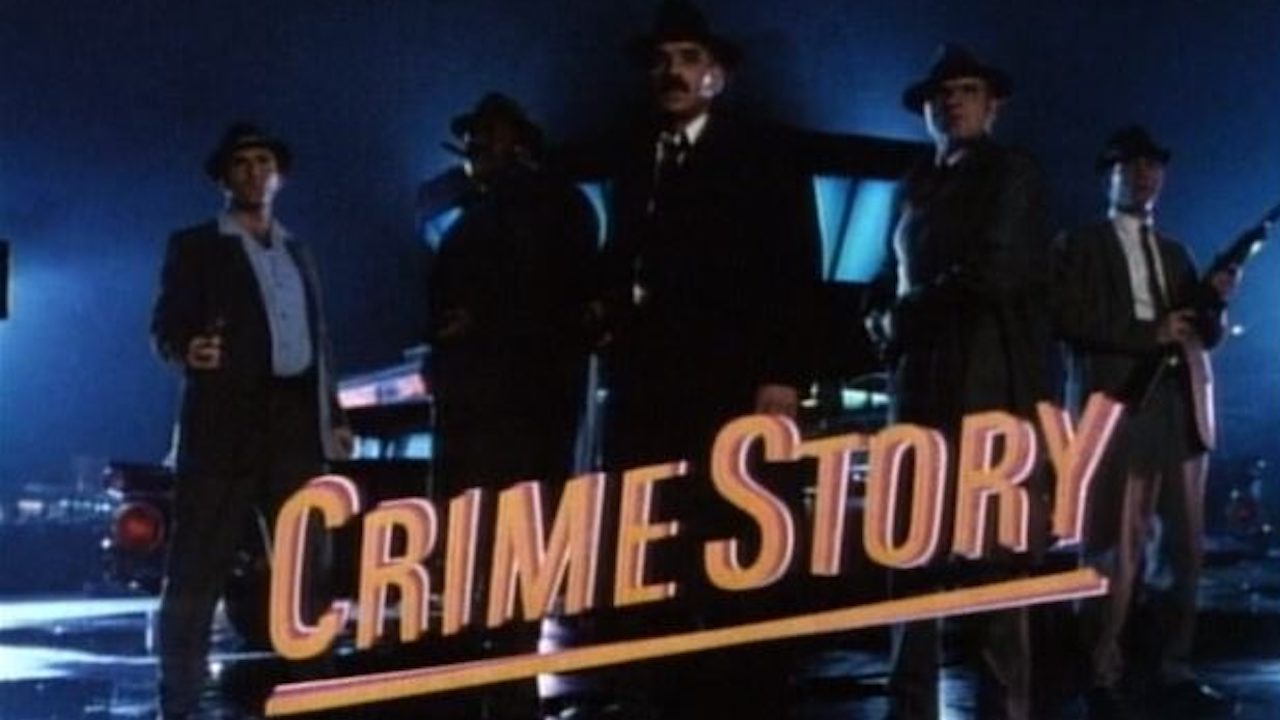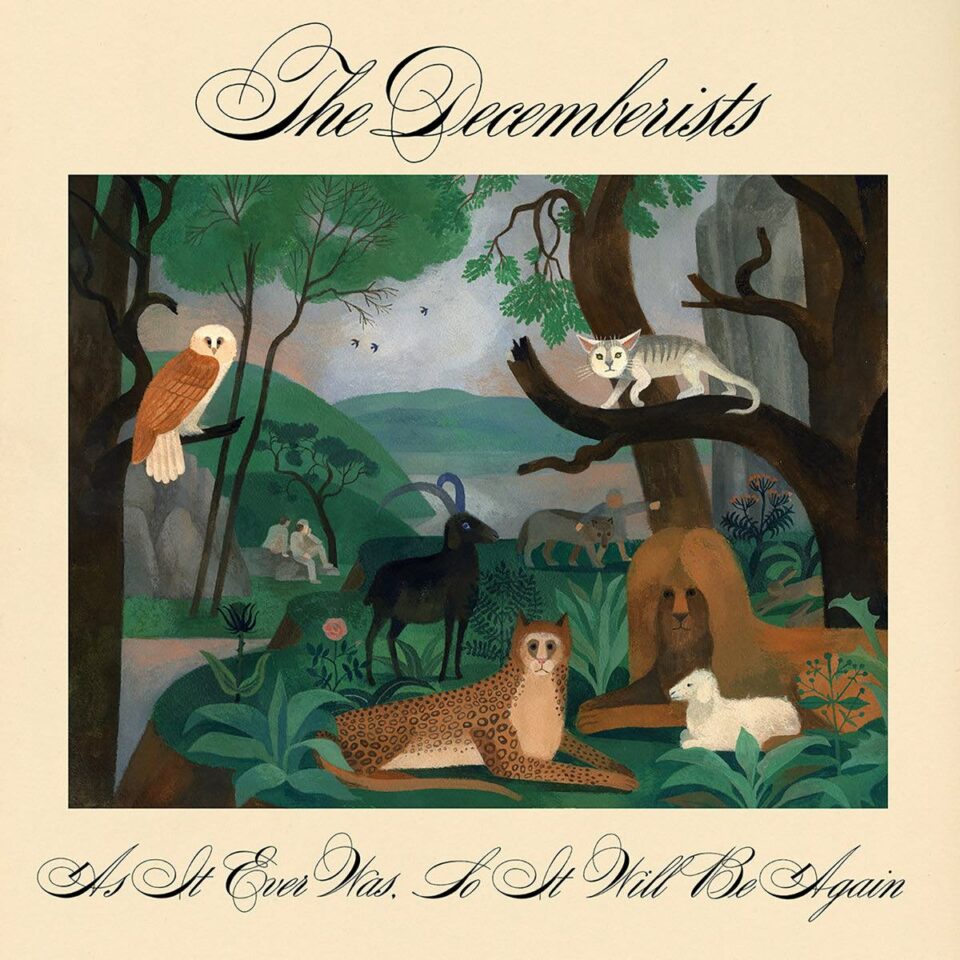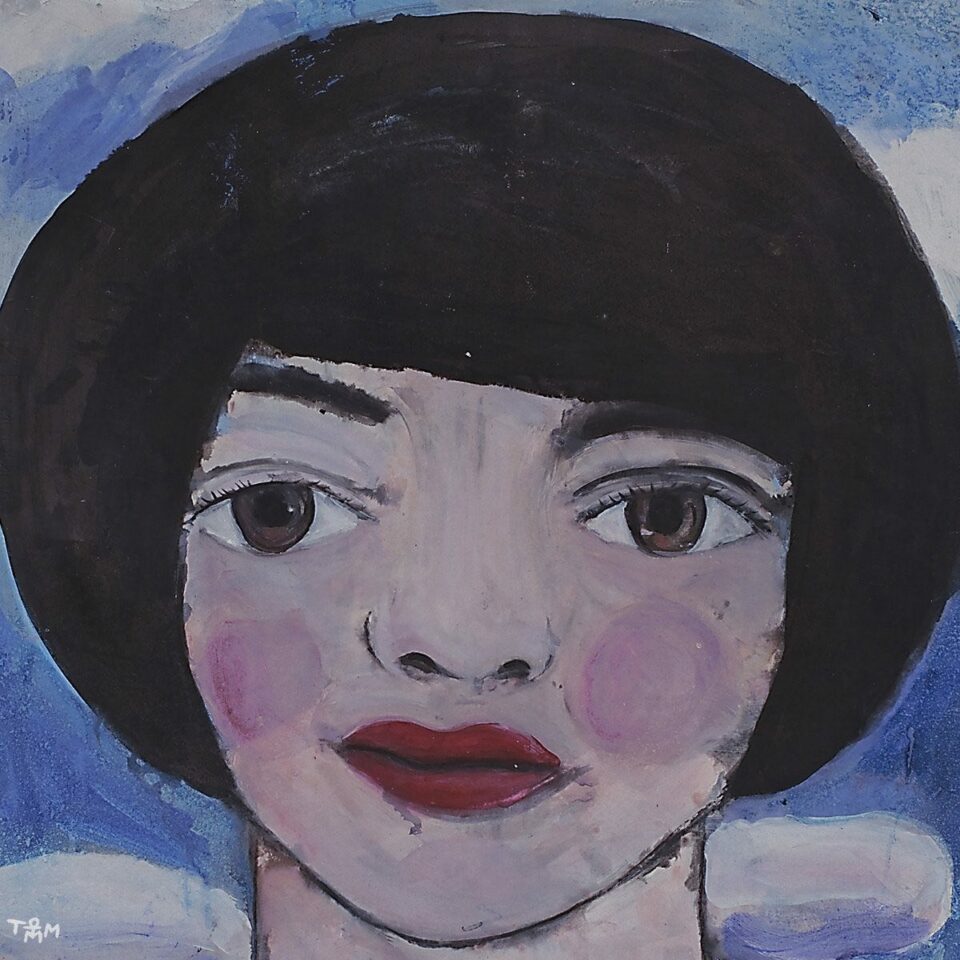“Life After Cancellation” is an ongoing column examining TV series that were removed from the air after a season or two, which have taken on new life on streaming (licitly or otherwise)—for better or for worse. Find more of the column’s articles here.
Miami Vice, a stylish cop show steeped in pastels and thrumming with the bass-and-synth sounds of ’80s pop music, is the coolest TV show ever made. Don Johnson, in his white linen and with tan ankles protruding from stringless shoes, and Philip Michael Thomas, going double-breasted in the Florida heat, burn on the screen like the Southern sun in the balmy beach sky. Their garb, their guns, their girls—it all proudly bellows “Reagan Era” while remaining timelessly fun, both epochal and eternal. Broadcasting in color and stereo as TV sets were advancing at an exponential rate, the series was technically and aesthetically redolent not of television but of cinema. With its killer soundtrack (no show had ever spent so much on music licensing rights; episodes cost over $1 million each to produce), Miami Vice changed television.
Credit executive producer Michael Mann for a lot of that. Coming off the success of his incredible 1981 directorial debut, Thief, he was hired to helm the ambitious and wonderfully silly The Keep; but the film was butchered by producers to the point of an undeniably fun but inchoate mess. So he turned to TV. He didn’t create Miami Vice, but his aesthetic and manly proclivities suffuse it like a fresh Floridian breeze coming off the ocean.
Mann also didn’t create the show’s spiritual kin, Crime Story—that would be Chuck Adamson, a real-life former cop whose experiences on the street inspired the narrative, and scriptwriter Gustave Reininger. But after the rapturous success of Vice, he had creative control over his next project, and his influence as producer and sometimes-director is even more pervasive and vivid than it is in that first show. And once again, Mann changed television in 1986 (the same year he directed Manhunter), though this second show’s profound influence wouldn’t be obvious for years—even the great David Thomson fails to mention it in his essential 2016 book Television: A Biography, in which he devotes two pages accompanied by a full-page color photograph to Vice.
Crime Story’s two-hour pilot, which played in select theaters, attracted 30 million viewers—no chump change. Yet the NBC show wasn’t a hit, as it faced insurmountable competition from ABC’s Moonlighting at its apogee (before Bruce Willis’ ego bloated, and his relationship with Cybill Shepard had become labile), and was, simply, not very cool. It takes place in Chicago in the early 1960s, before moving to Las Vegas for its second and final season. And it’s dark for network TV circa 1986—there’s a troubling sexual assault that, on its own, would make viewers flinch. But the characters’ reactions are even more upsetting, making us think bad guys could change only to slap us in the face with ineffaceable amorality. The very qualities that made the show hemorrhage viewers would later influence the shows that set the now-standard style of television.
I’m talking about season- and series-long story arcs in place of the standalone episodes of Miami Vice. Oz and The Sopranos would use this technique a decade later when the TV-watching world had evolved, and soon every show on the air and streaming would adhere to the same template that made Crime Story lose viewers. Average at-home television watchers would miss an episode and be lost—and the show is replete with shocking turns: murders and betrayals and the accumulation of lies that can only tower so high before they all come crumbling down, crushing whatever’s underneath. (If you thought Bruce Willis’s arms dealer in Miami Vice was nasty, you have to see what the mafiosi do here.) You could miss an episode of Miami Vice and it didn’t matter (as long as it was after the sixth episode of the first season—if you’re a fan, you know what I mean).
Crime Story demanded loyalty, a commitment, from viewers. Here, the slow development of characters was, up to then, unsurpassed, with the bad guys getting badder and the good guys increasingly obsessed. This, not just the formal adroitness, is what makes it a special series. Today, you’re expected to sit through hours of lead-up on shows because binging is the norm. Crime Story may have helped instigate that tendency, but it never drags its feet.
In Crime Story, Ray Luca (Anthony Denison) is a low-level but ambitious gangster who, with his motley crew of consorts, steals whatever and kills whomever he wants. There is, amid the Italian-American mafia, an unuttered code of honor, respect; Ray has no honor or respect. He is truly cruel. In the first episode, he kills the wrong kid, giving the already-driven head of the Chicago Major Crimes Unit Mike Torello (the inimitable Dennis Farina) an even more intense impetus to take down the mob by whatever means necessary. Through murder and Machiavellian manipulation, Ray scales the ranks until he’s el jefe, a scary, insidious man wolfish for money and leaving a cross-country trail of blood behind him. And Mike is never far behind.
Mann changed television in 1986, though this second show’s profound influence wouldn’t be obvious for years.
A network TV show can’t sustain your interest for 24 episodes if its supporting cast is lackluster. You need color and depth for 24 hours of story a season. Crime Story is all-around superfluously acted, with an inspired cadre of young actors on the cusp of stardom playing the supporting players: Ted Levine (who would, a few years later, play Buffalo Bill in The Silence of the Lambs) as a crude but loyal heavy; Andrew Dice Clay (just before his explosive ascension to the top of the comedy world) as a mob lawyer; Stephen Lang (the maniacal military villain in the Avatar films) as a progressive crusading lawyer (one episode shows him defending a penurious Black man against his nasty landlord—daring stuff for the thick of the Reagan years); and, in the pilot, David Caruso, whose one-episode arc sets the plot in motion and lingers hauntingly. The veteran Joseph Wiseman (Dr. No) plays a sagacious old gangster who, with his mafia peers, helped engender modern-day Vegas as the calloused capitalist mecca of America. And Jon Polito is reliably sleazy as a mobster who isn’t quite as powerful as he thinks.
A network TV show can also not work, of course, if the leads are lame. Longtime Mann friend Farina, given a rare leading role—and as a good guy—enthralls with his mix of every-guy American toughness and the crazed glint of obsession in his eyes. And Denison simmers with rage, that innate willingness to use, and affinity for violence roiling and burning in his tar-black heart. He seems charmless at first, just a wannabe tough, wooden, even; but Denison is playing the long game. By the halfway point of the first season, you really fear this man. You don’t want to see Mike follow Ray to the dark place—or do you? But you do want—you need—him to get justice, revenge.
Since the show was unceremoniously canceled after just 20 months, viewers are denied closure—which is frustrating, but also fitting. The show’s defining qualities live in perpetuity in today’s television, but have, with few exceptions, rarely been equaled. FL









